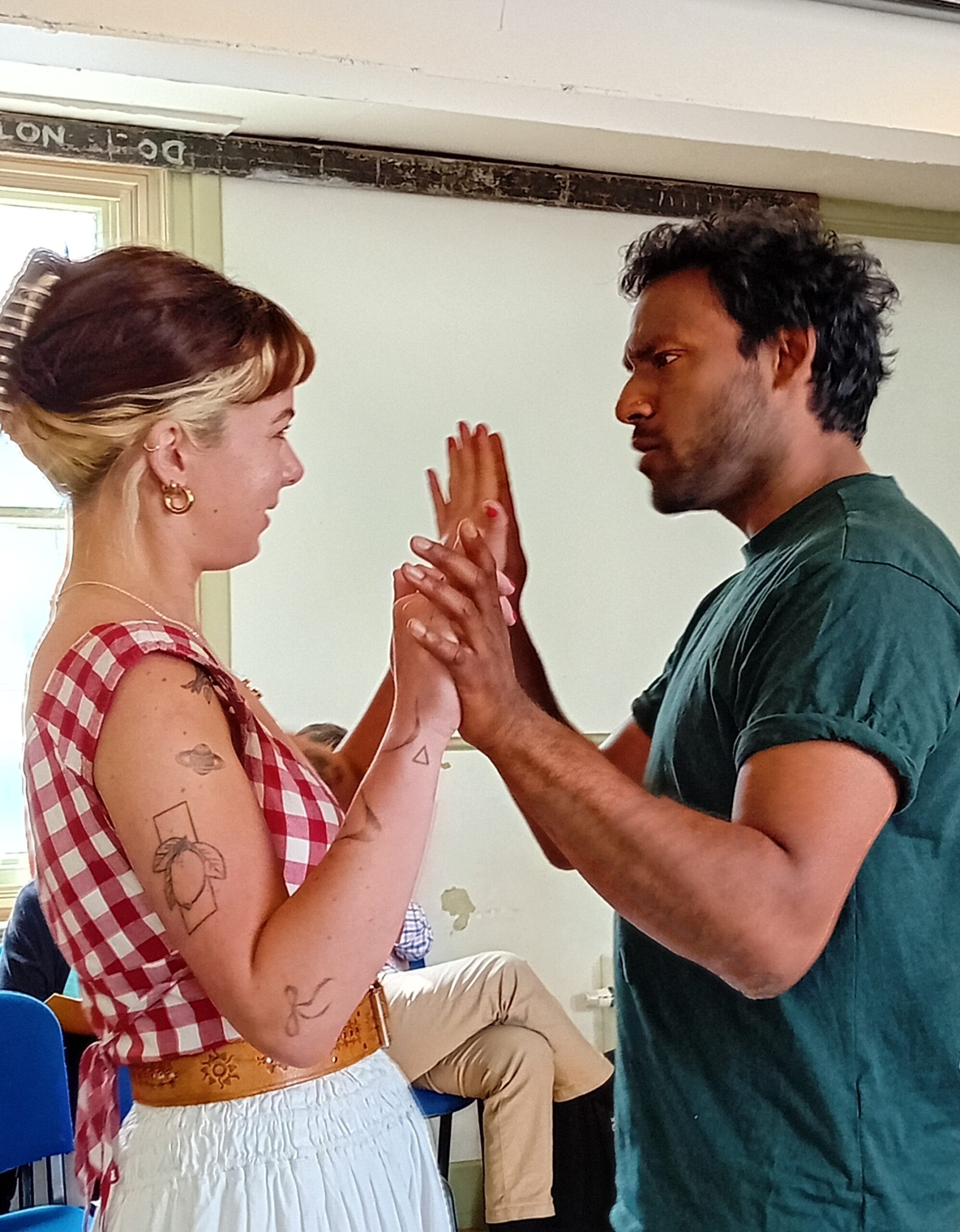News Article
Preview: Romeo & Juliet
23 May 25
Set in an Edwardian asylum, Stephen Hayward introduces a reimagined version of Romeo and Juliet…
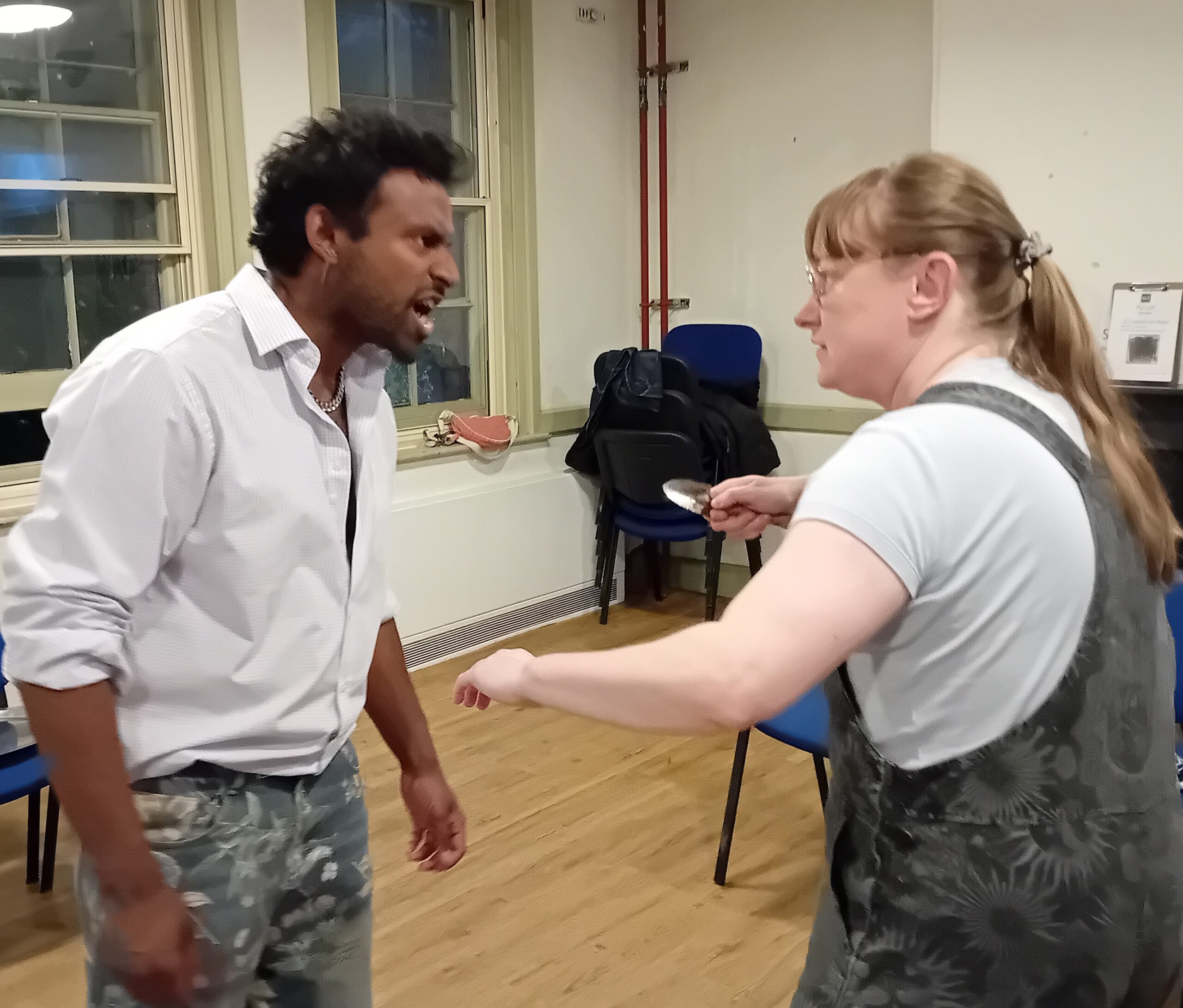
This is a classic Shakespeare choice - buy why the asylum setting?
Whenever I see or read the play, I’m struck by how much drama is crammed into a short space of time and how normalised it is in that world. From unexplained vendettas, to people meeting and falling in love instantly, hastily arranged marriages, murders and suicides aplenty – all within the span of about four days – it has always seemed quite mad to me. So I got to thinking – what if we contextualise it so that these characters might, in fact, be mad – would everything then start to make more sense? An asylum feels like the perfect setting to explore these ideas, especially when the line between acts of love and acts of madness can often get quite blurred. In the 1930s people were institutionalised for all kinds of reasons, and we’ve tried to showcase several of those within this piece. Some may have had genuine health issues, others may be purely misunderstood. Yet all are affected by their time inside, and the intense environment leads to explosive actions.
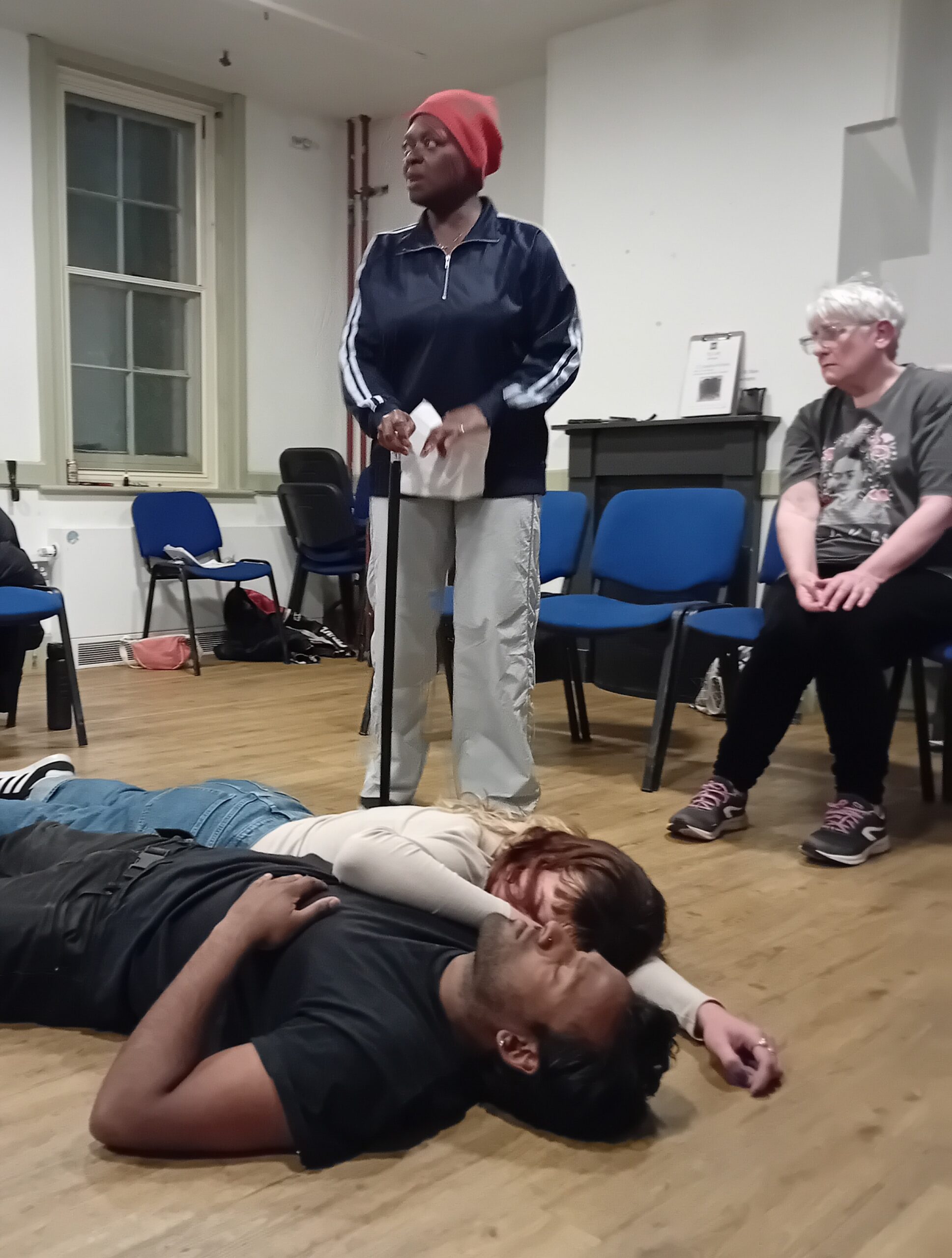
How has this changed the way the plot is delivered, and the way the characters behave?
As with any text, there are numerous ways to interpret it, and we’ve absolutely been exploring what different words and phrases could mean in a different context. Suddenly, when you apply this lens to it, all sorts of new meanings reveal themselves, so we’ve had a lot of fun trying things out, especially in finding comedic elements within the play. The setting also changes the status of some of the characters – with some being ‘staff’ at the institute and others ‘patients’, and so how they address and respect each other is different to what might normally be expected. Traditional family relationships are also reevaluated, as we explore what being a ‘mother’, ‘father’ or ‘cousin’ might look like in this context.
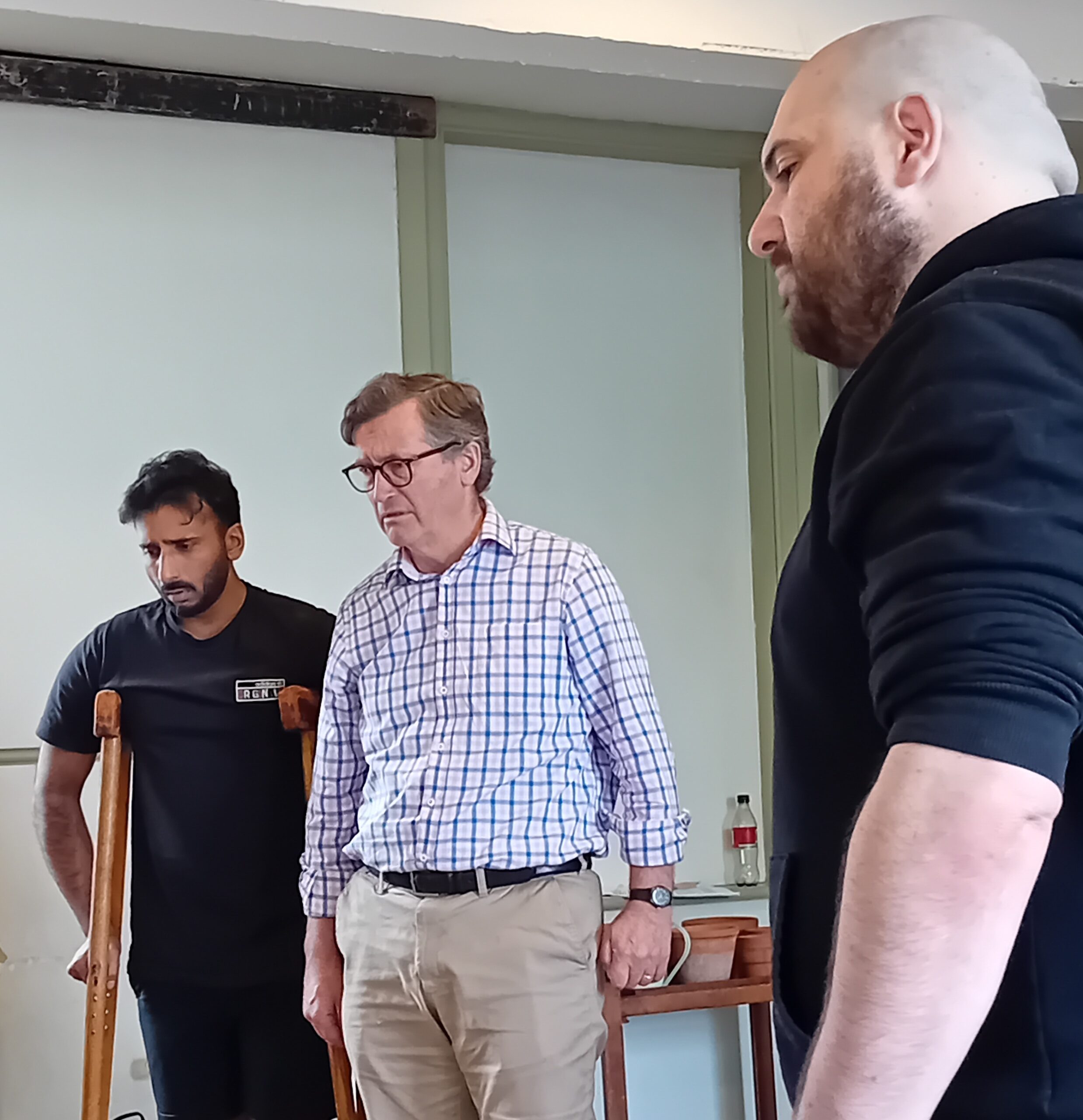
What have been the fun parts and the challenges for you in directing?
We’ve had a lot of fun in the rehearsal room, sometimes uncontrollably laughing at what the actors come up with in different scenes when I give them the freedom to go wild and enjoy themselves. We’ve tried to keep a lot of that comedy in the play and I’m sure our audiences will enjoy those elements in particular.
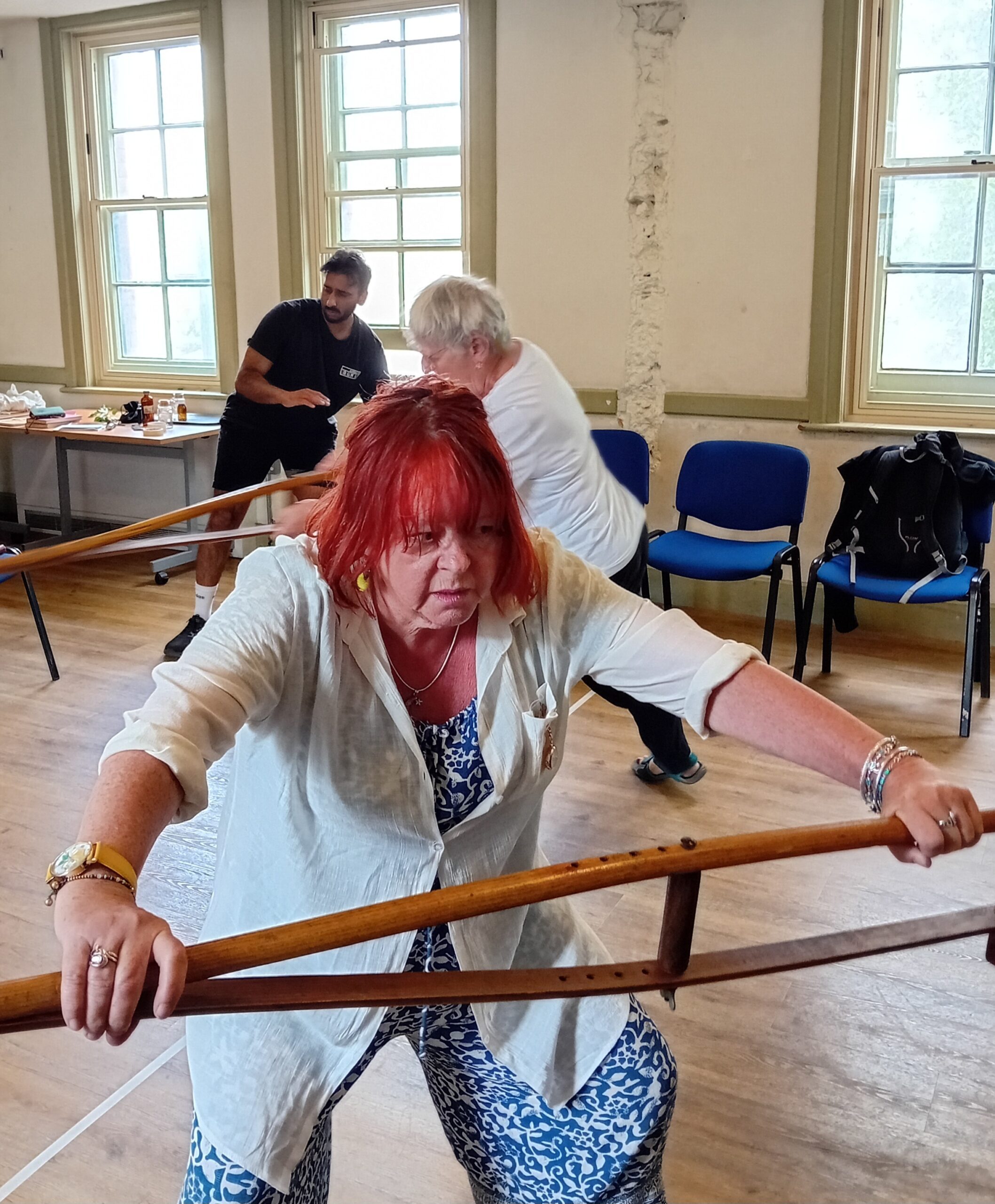
Tell us about the characters we'll meet
You’ll meet four patients (including Romeo) in the Montague wing of the Verona Institute, four patients (including Juliet) on the Capulet wing, four staff who work at the Institute, plus the famous apothecary. I think they are all desperately trying to do what they think is right (in their own way), so you really root for them, but a few ill-advised decisions open the door to a whole series of unfortunate events.
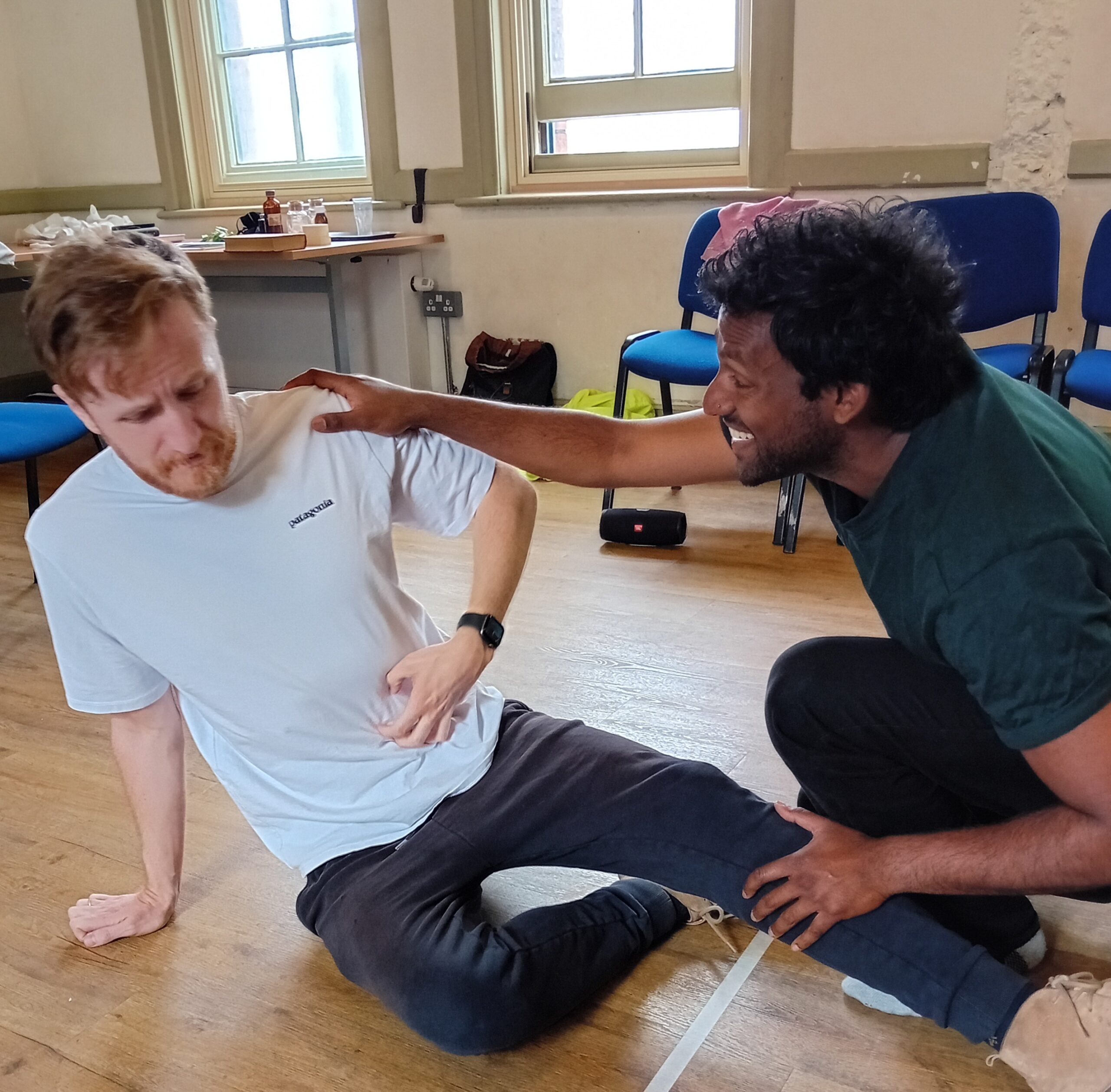
Describe the play in three words
Mad, tragic, fun.
